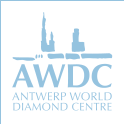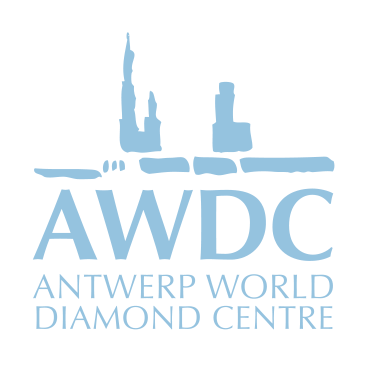Former President of Europe Herman Van Rompuy visits Antwerp diamond industry for landmark debate on diamond financing

On Friday 27 March, Herman Van Rompuy presented the keynote speech at the Antwerp Diamond Seminar on the financial challenges currently facing the diamond industry. The Seminar featured a lively discussion panel of industry financial experts and was attended by over 250 members of the diamond community.
Van Rompuy presented the keynote speech at a seminar organized by the Antwerp World Diamond Centre on the financial challenges currently facing the diamond industry. Van Rompuy presented a broad vision of the current financial position of the EU in a rapidly changing world and outlined several strategies moving forward. “We need ‘more’ Europe”, said Van Rompuy. “The biggest danger today is an inward-looking fear of openness. We can only survive in a global world, but we have to draw all the necessary conclusions from this fundamental choice.” He also warned of the risk of “secular stagnation… Too much saving and not enough investment”, and concluded his speech with reflections on a changing geopolitical situation.
AWDC CEO, Ari Epstein set a no-nonense tone for the event in his opening remarks, “This is one of those times when we need to take a hard look at the health of our industry today, and to identify where it needs strengthening as we move forward.” He went on to emphasize the interdependence of Antwerp and Europe, and called on the necessity of Antwerp to continue to fulfill its position as a “role model for the global diamond industry”, a sentiment that would be echoed during the panel discussion.
The panel discussion featured industry experts including: Anish Aggarwal, Partner of Gemdax, a consulting firm specialized in the diamond industry; Des Kilalea, Managing Director at RBC Capital Markets Europe, and with a specialization in diamond and diversified mining companies; Kishore Lall, Managing Director & Global Head, Diamond & Jewelry Group (D&J), Standard Chartered Bank, and; Sabine Smets, Head Belgium for the Diamond and Jewellery Clients (D&JC), part of International Clients within ABN AMRO Bank N.V.
Aggarwal opened the discussion by clearly asserting that, “liquidity is the number one issue”. Mrs. Smets agreed and introduced what would be the second theme of the discussion, namely that liquidity is inseparable from bankability, sustainability, profitability and transparency. Taking up this line of thought, Lall addressed the issue specifically as it relates to diamantaires, stating that there is no reason why financial statements from the diamond industry should not be like the financials of any other business. He questioned whether the industry was ready to sufficiently change its way of doing business in order to enable investment, and suggested that the issue of transparency is where Antwerp can reclaim its leadership position in the industry. He acknowledged that progress has been made but it needs to go at a faster pace. Speaking of the crucial concern, he said that transparency is often viewed as a competitive disadvantage, but affirmed that, “if there is a move towards transparency, liquidity will follow.”
Moderator Aggarwal then opened another track of discussion, asking whether the solution to the question of liquidity is more banks? Mrs. Smets said this would “definitely” be a step in the right direction. Having more banks means that risk is spread more widely and this will lead to greater liquidity. Additionally, she stated that ABN AMRO would be willing to take a leading role in the formation of a consortium of banks servicing the diamond industry. ABN would be willing to “put its shoulders under” such a consortium, sharing its extensive experience and expertise with other banks to make sure they are comfortable servicing the industry. Lall added that syndication creates a greater spread of information to banking participants, and in order to be successful it requires high levels of financial disclosure with respect to financial statements. These things will lead to more open dialogue between the industry and banks, and that will lead to greater liquidity.
The message could not have been clearer. Greater transparency leads to more financial partners, and this will not only make financing more widely available, but the banks themselves will become more competitive and provide better service. In short it represents a win-win situation for everybody.
A key area of debate was the inter-relationship between financing and producer strategies, including rough diamond pricing. Aggarwal went as far as asking the panelists whether it was time for diamond producers to start offering credit to customers, especially if banks do not grow their financing base? Kilalea noted that producers are not banks, but may well eventually end up offer credit. In other industries, especially commodity sectors, credit is offered. They might give credit to really good clients, but the really good clients are not the ones who need it. As for the diamond industry itself, he said that no one wants to see a lack of confidence or prices to fall, but then asked a very telling rhetorical question: If mortgage financing is not available, what happens to the price of houses? It is the same with diamonds. Prices fall.
An extensive video report on the panel discussion will be available shortly on the AWDC website. To view Herman Van Rompuy's keynote speech in full, click here.
For pictures of the event, click here.





